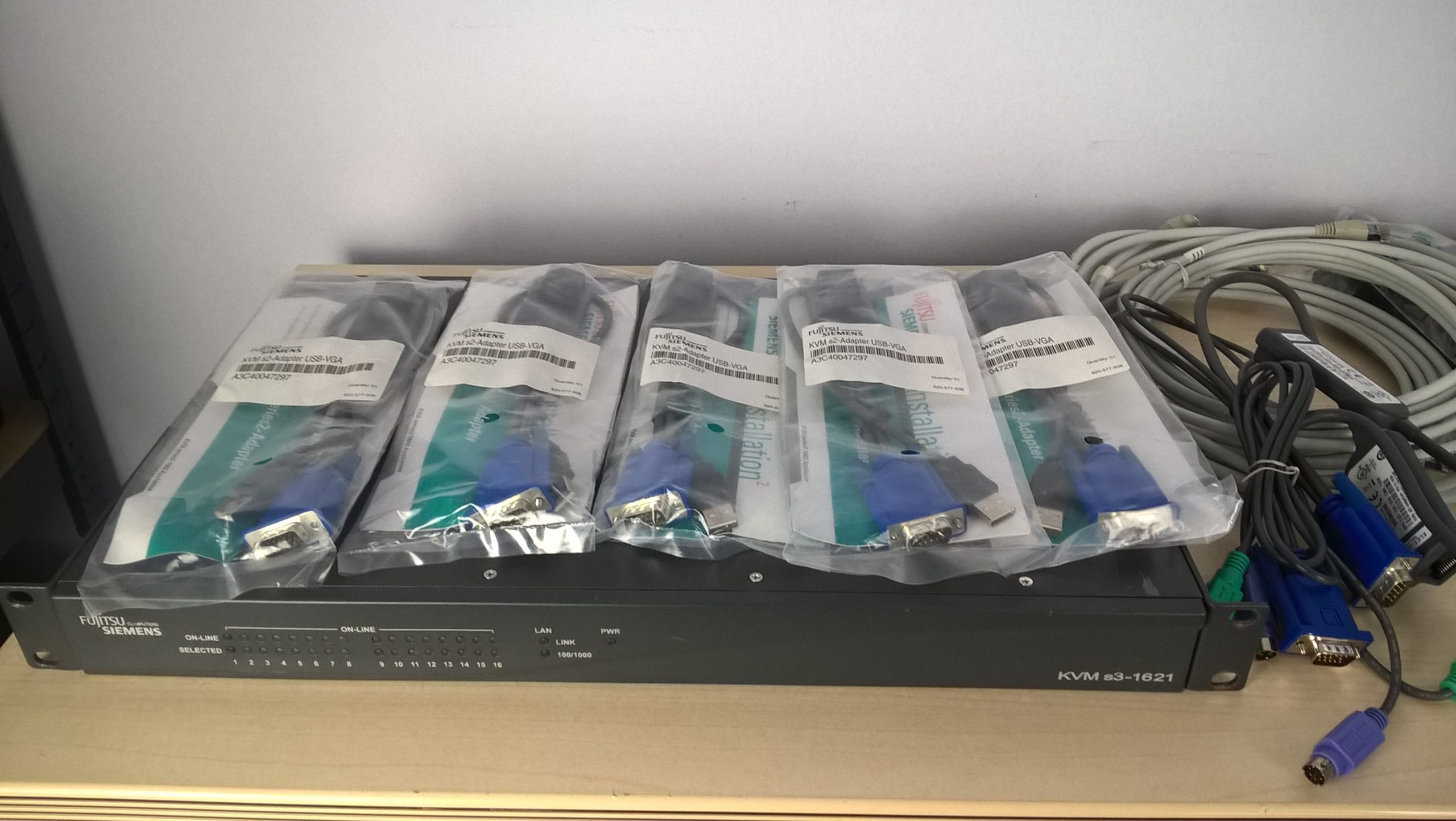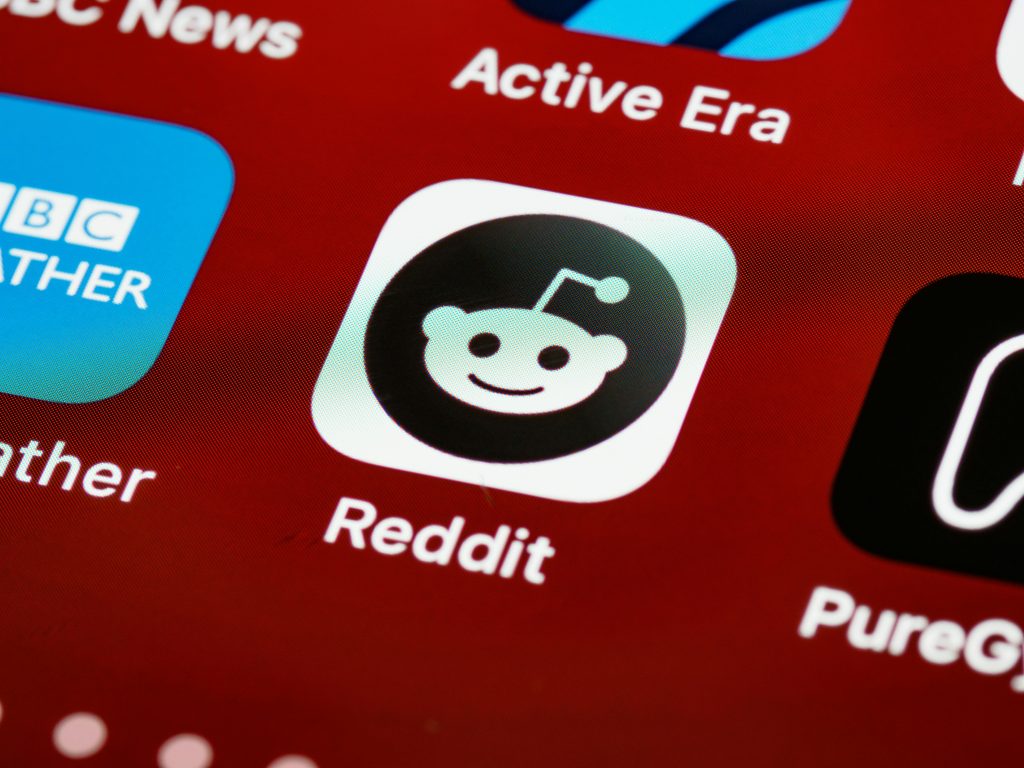Addressing the TrojanDownloader:HTML/Adodb.gen!A Threat Impacting Discord Cache Files
Recently, I encountered a concerning issue with my computer security that I’d like to share in hopes of gaining some insights. A few days ago, my Windows Defender detected a threat labeled as TrojanDownloader:HTML/Adodb.gen!A. This malicious entity has manifested multiple times through various cache files linked to Discord.
Initially, I took proactive steps to mitigate the threat after Windows Defender quarantined the files. Believing that simply removing them would suffice, I clicked the removal option for the suspicious items. However, I might have misunderstood the procedure, as the threat reappeared when I subsequently rebooted my computer. To my dismay, the scans identified the same Trojan within two additional Discord cache files.
Now, I’m left feeling somewhat apprehensive about booting up my system again. The files are currently quarantined, but I am at a crossroads regarding what my next steps should be. I find myself uncertain about the origin of this issue and how to permanently eliminate it.
If anyone has experienced similar issues or possesses any advice on managing this specific Trojan, I would greatly appreciate your insights. I’m also open to providing more details if needed. Thank you for your assistance!
Share this content:




Response to TrojanDownloader:HTML/Adodb.gen!A Threat on Discord Cache Files
Thank you for reaching out and providing detailed information about your situation. Dealing with persistent malware like TrojanDownloader:HTML/Adodb.gen!A can be challenging, especially when it reappears after quarantine attempts. Here are some steps you can follow to thoroughly address this issue:
and delete the files within. Discord will regenerate cache files upon restart.